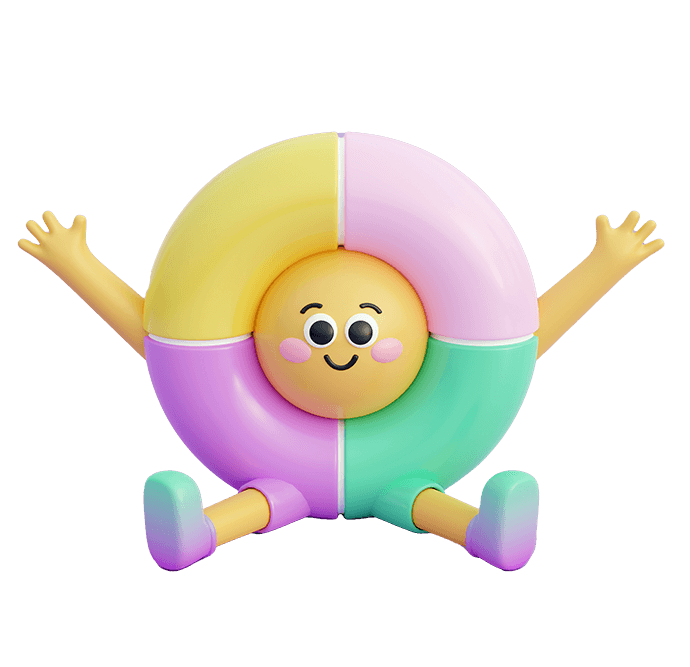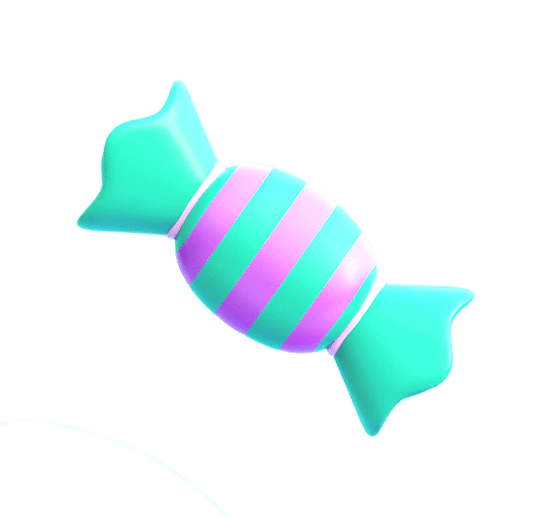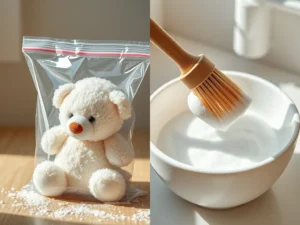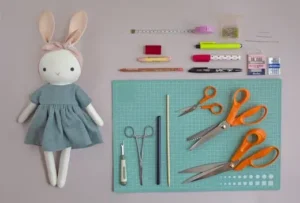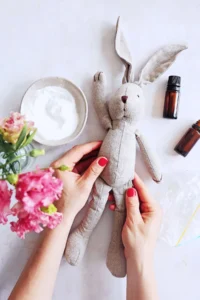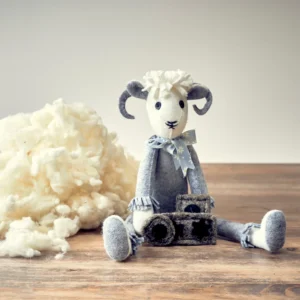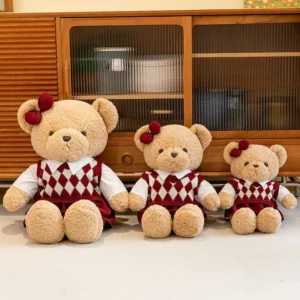Cleaning plush toys properly keeps them soft, safe, and fresh. Different fabrics and stuffing require specific washing and drying methods to preserve quality.
Safe washing depends on the plush fabric and stuffing type. Gentle hand washing or machine washing on delicate cycles with mild detergents prevents damage. Proper stain treatment and drying maintain softness and shape.
Let’s dive into how to wash plush toys the right way.
1.What Are the Safest Washing Methods for Different Plush Toy Materials?

Different plush fabrics call for different cleaning approaches to protect softness and color.
Machine washing suits durable polyester fabrics like minky and velboa, using gentle cycles and cold water. Delicate or vintage fabrics need hand washing or spot cleaning.
Polyester minky and velboa handle machine washing well if placed inside laundry bags to reduce friction.
Cotton or velour plush should be hand washed to avoid shrinking or texture loss. Surface cleaning is best for toys with glued parts or electronic components.
| Fabric Type | Recommended Washing Method | Key Tips |
|---|---|---|
| Polyester minky | Machine wash, gentle cycle | Use cold water, laundry bag |
| Velboa | Machine or hand wash | Avoid hot water |
| Cotton/velour | Hand wash | Use mild soap, avoid scrubbing |
| Mixed fabrics | Spot clean or hand wash | Test fabric colorfastness |
Choosing the right method preserves plush texture and appearance.
2.How Does the Type of Stuffing Affect Washing Techniques for Plush Toys?
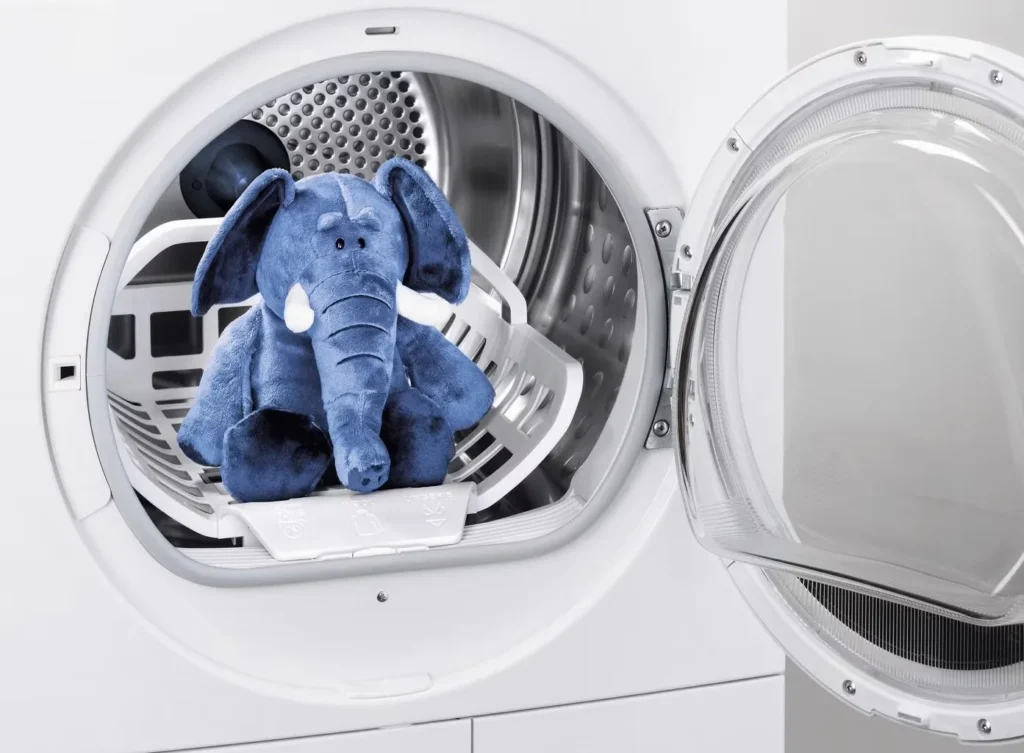
Stuffing materials affect how a plush toy reacts to washing and drying.
Polyester fiberfill dries quickly and resists clumping, allowing machine or hand washing. Natural stuffing needs gentle care to avoid shrinking or mildew.
Polyester fiberfill retains loft and shape well after washing. Foam beads or weighted stuffing may leak or degrade if submerged.
Natural stuffing such as cotton or wool requires air drying and careful cleaning to prevent damage.
| Stuffing Material | Washing Tolerance | Drying Considerations |
|---|---|---|
| Polyester fiberfill | Machine and hand washable | Quick drying, reshaping needed |
| Foam beads | Sensitive to water | Avoid soaking, surface clean |
| Natural stuffing | Sensitive | Slow drying, prone to mildew |
Matching stuffing type to washing method protects toy integrity.
3.What Steps Should Be Taken to Prevent Damage During Hand or Machine Washing?
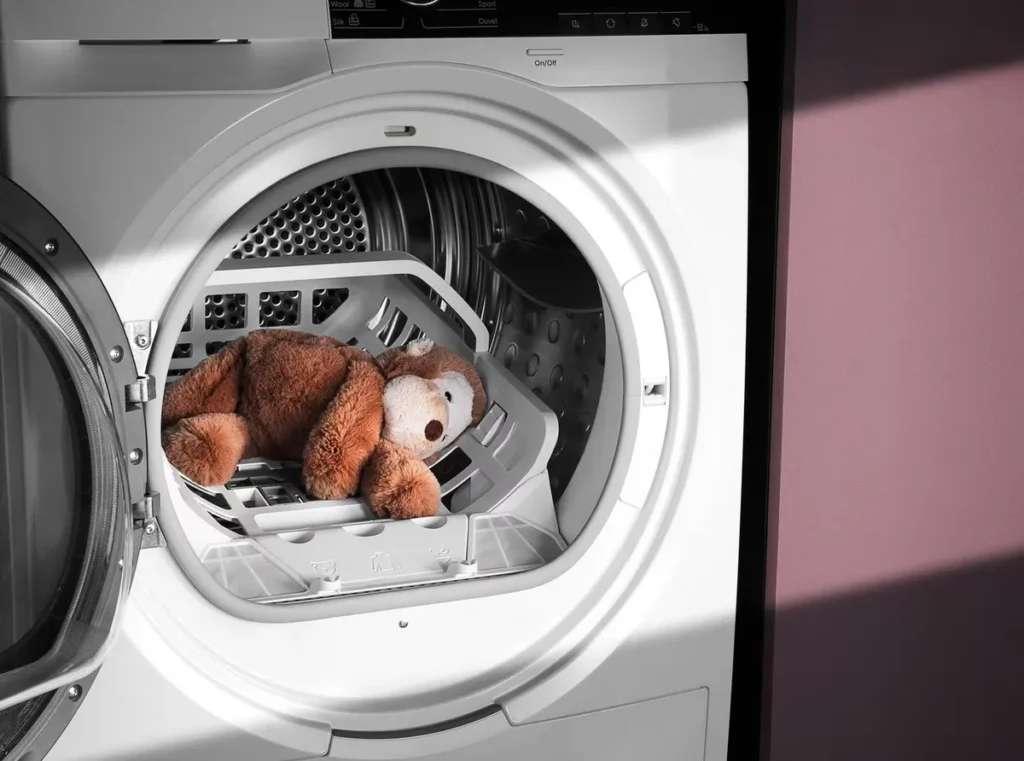
Preventing damage involves gentle handling, proper detergent, and supportive washing techniques.
Use mild detergents, cold water, and avoid twisting or wringing. In machines, use laundry bags and delicate cycles.
Hand washing should involve soaking and gentle squeezing rather than scrubbing. After washing, pressing towels remove excess water without stretching.
Machine washing benefits from placing toys in mesh bags, securing closures, and limiting spin speed.
| Step | Purpose | Tips |
|---|---|---|
| Use mild detergent | Protect fabric and colors | Avoid bleach and harsh soaps |
| Cold water washing | Prevent shrinkage | Use temperature below 30°C |
| Gentle handling | Maintain shape and stitching | Avoid twisting and wringing |
| Laundry bags | Reduce abrasion | Use zippered mesh bags |
These precautions extend plush toy life.
4.How Can Tough Stains and Odors Be Effectively Treated on Plush Toys?
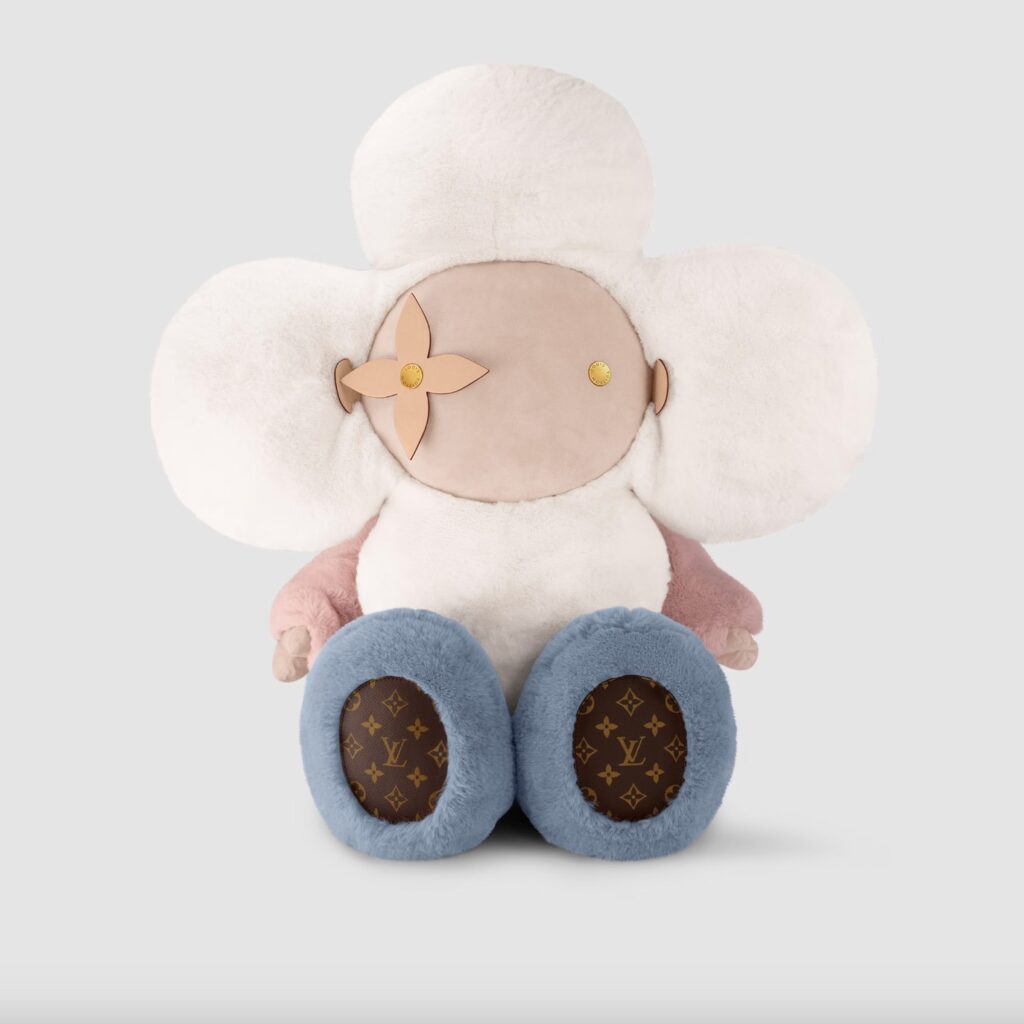
Targeted pre-treatment removes stubborn stains and neutralizes odors safely.
Mild soap paste or baking soda works for stains. Vinegar or fabric-safe deodorizing sprays eliminate odors.
For grease or dirt stains, apply a mild detergent mixed with water and gently blot. Avoid harsh chemicals that can damage fabrics.
Baking soda sprinkled on dry toys absorbs odors and can be vacuumed off. Vinegar diluted with water is effective but should be spot tested.
| Treatment | Application | Suitable For |
|---|---|---|
| Mild detergent paste | Pre-treat stains | Most synthetic fabrics |
| Baking soda | Sprinkle for odor removal | Deodorizes naturally |
| Vinegar solution | Light spray for odors | Odor neutralization |
| Commercial sprays | Fabric-safe deodorizers | Persistent odors |
Proper treatments restore cleanliness without harm.
5.What Are the Best Drying Practices to Maintain Plush Toy Shape and Softness?

Correct drying keeps plush toys fluffy and in shape after washing.
Air drying flat or hanging in a shaded, ventilated area is best. Avoid direct sunlight and high-heat drying that damage fibers.
Pressing water out with towels before drying speeds the process and protects fibers.
Fans or low-heat blow dryers can be used carefully. Avoid tumble dryers unless manufacturer-approved.
| Drying Method | Benefit | Cautions |
|---|---|---|
| Air drying flat | Maintains shape and softness | Use absorbent surface |
| Hanging | Good airflow | Avoid sun fading |
| Low-heat blow dryer | Speeds drying | Keep safe distance from fabric |
| Tumble drying | Only if specified safe | Heat can shrink or damage |
Good drying preserves toy quality and appearance.
6.How Often Should Plush Toys Be Cleaned to Ensure Hygiene Without Wear?
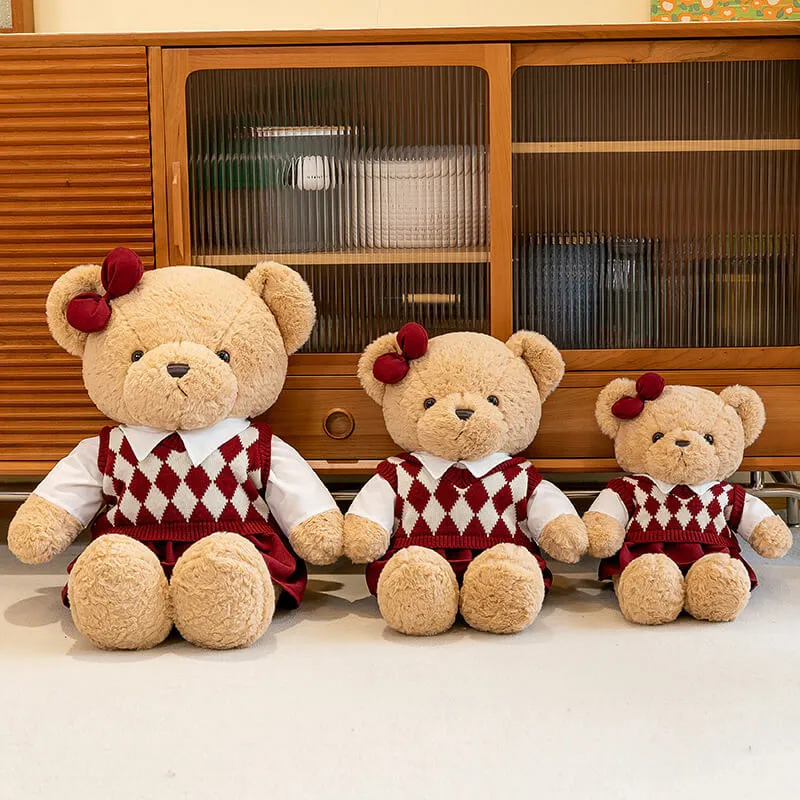
Regular cleaning balances hygiene with product longevity.
Clean frequently used toys every 3 months, less used ones seasonally. Spot clean when possible to avoid excessive wear.
Dive deeper into cleaning frequency
Infant toys require more frequent washing. Over-washing can weaken fabrics and seams.
Spot cleaning removes immediate dirt and extends the time between full washes.
| Cleaning Frequency | Recommended For | Notes |
|---|---|---|
| Monthly | Baby and high-use toys | Gentle cleaning essential |
| Every 3-6 months | Household plush toys | Full cleaning cycle |
| Spot cleaning | As needed | Removes stains and dirt early |
Following these schedules keeps plush toys safe and soft.
Conclusion
Following proper washing, stain treatment, and drying methods protects plush toys, keeping them soft, clean, and durable.
For trusted advice on plush toy care and manufacturing, contact me at [[email protected]] or visit [https://plushtoyinchina.com].

